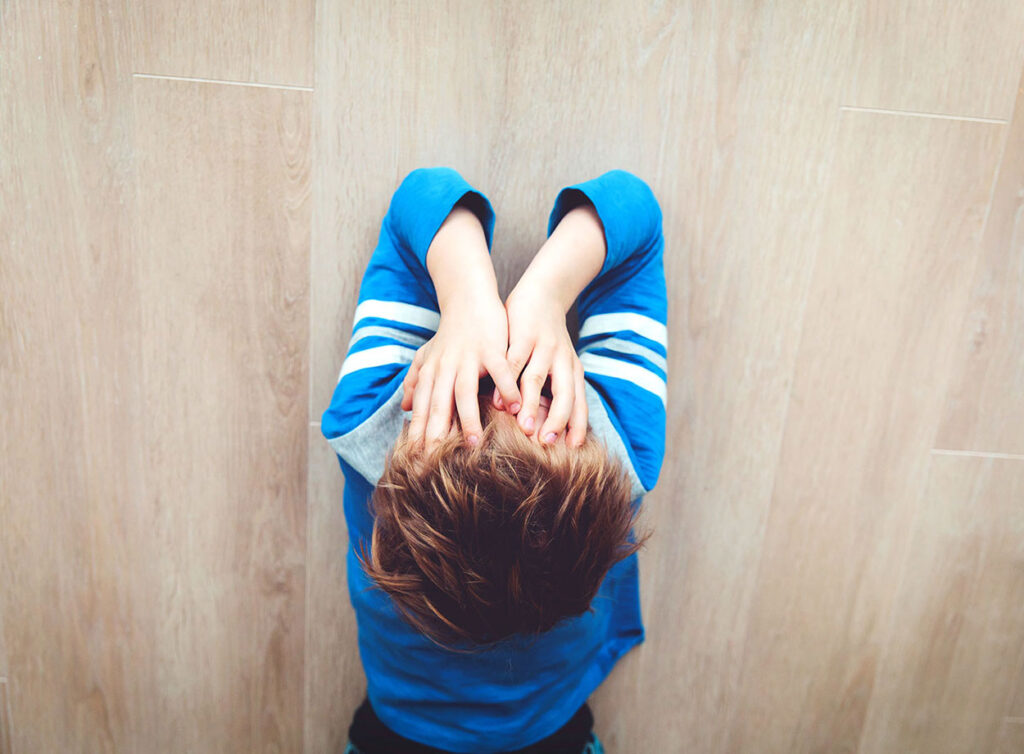Overview:
The experience of anxiety during childhood is one of the most common mental health issues children face. These crippling worries about certain thoughts, ideas, experiences can have a big impact on a child’s overall well-being.
Some of the most common anxiety triggers include but are not limited to a fear associated with social situations, a fear of failing at a task, a fear of germs and illnesses, and a fear of hurting oneself and/or a parent getting hurt.
Children who experience excessive worries on a regular basis are then very likely to avoid certain things and situations to reduce their anxiety symptoms. When anxiety becomes a factor that refrains them from enjoying activities they previously used to enjoy, it is a cause for concern and it is recommended to seek help from a Child Psychologist to help the child develop effective coping mechanisms and skills.
Recognition:
Anxiety is experienced differently from one child to another. Symptoms and signs may vary greatly depending on the type of anxiety, the triggers and the severity. Children can experience generalized anxiety, panic disorder, separation anxiety, social anxiety, selective mutism, specific phobias, obsessive-compulsive disorder or posttraumatic disorder. Anxiety symptoms may include:
- excessive worries on most days
- trouble concentrating
- sleep disturbances
- changes in appetite
- restlessness or fatigue
- irritability
- physical symptoms (stomach ache, muscle tension, headaches)
Quick Tips to Reduce Anxiety in Children:
- Include relaxing activities in their daily routine: yoga, arts, theater, cooking.
- Talk about the trigger and encourage your child to face it instead of avoiding it.
- Teach the child meditation and breathing techniques to use when faced with an anxiety provoking situation.
- Focus on your child’s strengths to help build self-confidence.
- Positive attention (and potentially a reward) when your child is able to face some of his fears.
- Encourage good eating and sleeping habits.
- Try distraction methods:grounding techniques and brain games to help your child focus on other things and interrupt negative thoughts.
- Normalize the experience of anxiety and model a calm attitude when faced with anxiety provoking situations.
Dr. Elena Andrioti
PhD – Psychologist


